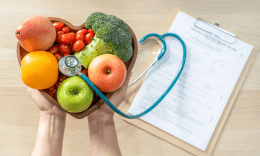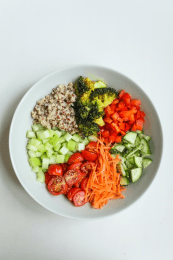We all know that physical activity is good for us, but it is easy to drag our feet – literally. We all have reasons to stay inactive, but sometimes those reasons are based more on myths than reality. Here are some of the most common myths about being physically active and how to replace them with a positive attitude.
“I don’t have enough time to be physically active.” Physical activity does take time, but there are ways to make it doable. If you don’t have 30 minutes in your daily schedule for an activity break, try to find three 10-minute periods. While on your lunch break, walk with a co-worker for 10-15 minutes. This is a great way to hold a short meeting or have social time. Need more family time? Spend time together being active by taking a walk, playing games, or going for a bike ride. Get the whole family involved in household chores like cleaning, vacuuming, and yard work.
“The older you are the less physical activity you need.” Most people become less physically active as they age, but keeping fit is important throughout life – especially as you get older. Regular physical activity increases older adult’s ability to perform routine daily tasks and to stay independent longer. Lack of physical activity can lean to more visits to the doctor, more hospitalizations, and more use of medicines for a variety of illnesses. It’s never too late to start but you should check with your healthcare provider before beginning a new exercise program.
“Being physically active is too expensive. It takes equipment, special shoes, and I have to pay for a gym membership.” Physical activity can be done almost anywhere and does not necessarily require equipment, except a comfortable pair of walking shoes. Walking is perhaps the most practiced physical activity and it is absolutely free, requiring only that you dress appropriately for the weather. Many communities have parks, walking trails, or other pedestrian areas that are ideal for walking, running, or playing.
“Physical activity makes you tired.” Although you may feel somewhat tired during a workout session, you usually feel more energized afterward. Doing any regular physical activity can raise your overall energy levels and make you better able to handle everything you have to undertake during the day. Regular exercise can also improve your sleep and help you manage your stress.
Now that we’ve cleared up these myths and you’ve got a can-do attitude, mark your calendars for Walk Kansas 2023, March 26 – May 20.

Tags: Physical Activity, Exercise, Health, Wellness, Walk Kansas
Source: World Health Organization
By: Jamie Rathbun





 Adapted from: University of Nebraska-Lincoln Extension
Adapted from: University of Nebraska-Lincoln Extension
